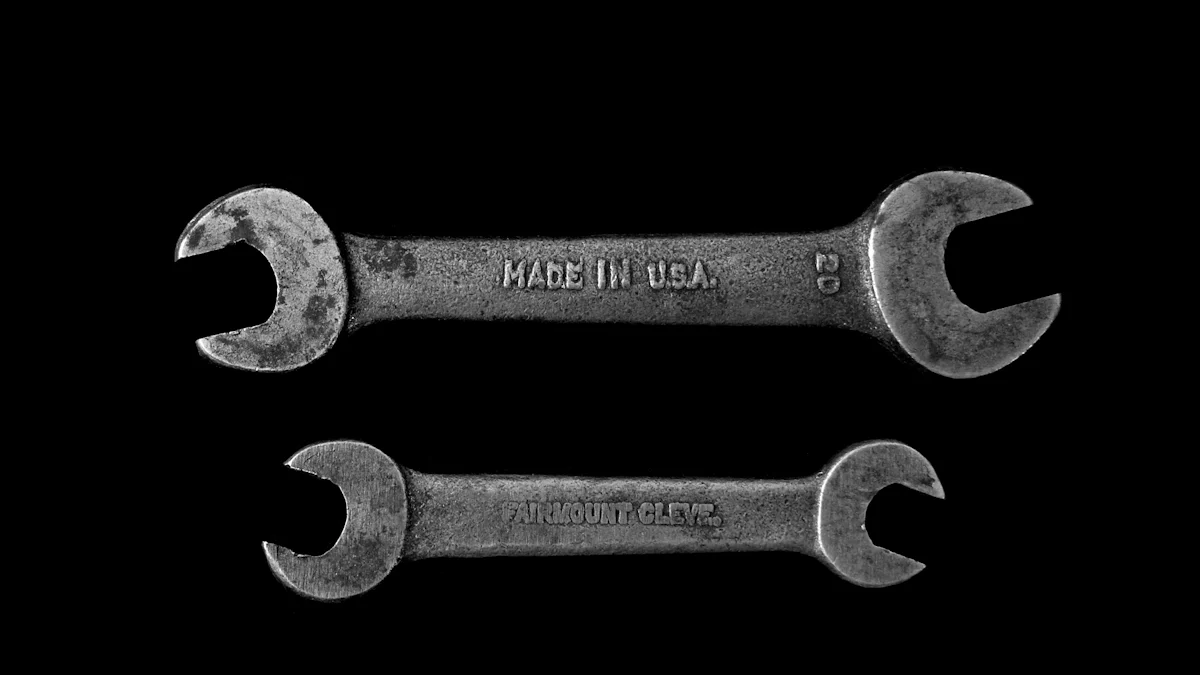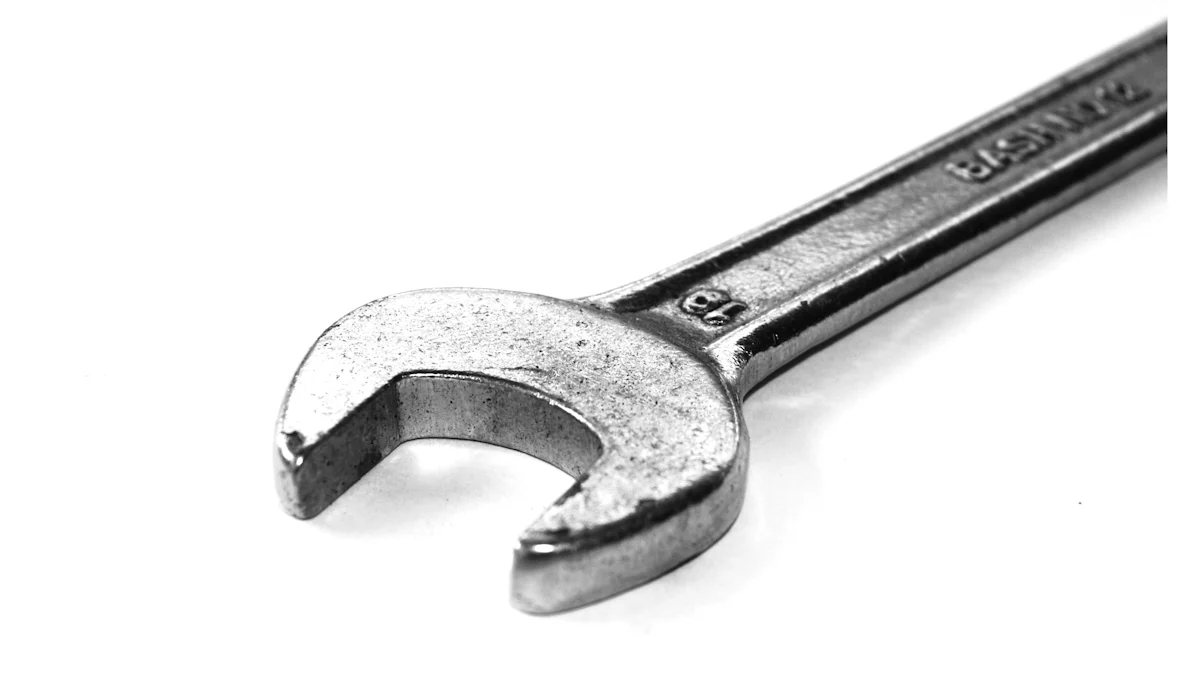In the realm of bicycle maintenance, cone spanners play a crucial role in ensuring the smooth operation of wheel hubs. These specialized tools are designed to adjust the cones of cup and cone bearings with precision. As bike enthusiasts know, using the correct size cone spanner is paramount for maintaining the longevity and efficiency of your wheels. This blog will delve into the significance of these tools and provide an in-depth exploration of common sizes, proper usage techniques, and maintenance tips.
Understanding Cone Spanners

When it comes to bicycle maintenance, the cone spanner stands out as a specialized tool designed for adjusting the cones of cup and cone bearings with precision. These tools, also known as cone wrenches, are thinner and lighter compared to most open-ended wrenches used in bike repairs. The cone spanner is an essential component in the toolkit of any bike enthusiast or mechanic.
What is a Cone Spanner?
Definition and Purpose
A cone spanner is a tool specifically crafted for adjusting the cones of cup and cone bearings in bicycles. Its slim design allows it to fit into narrow spaces where regular wrenches cannot reach. The primary purpose of a cone spanner is to ensure that the bearings are correctly adjusted for smooth wheel operation.
Key Features
- Precision: Cone spanners are precision tools made from high-quality materials like heat-treated steel, ensuring durability and accuracy.
- Versatility: These tools come in various sizes, typically ranging from 13mm to 18mm and 22mm, catering to different cone sizes found in bicycles.
- Ergonomic Design: The ergonomic handle provides a comfortable grip for precise adjustments without causing hand fatigue.
Why Use a Cone Spanner?
Benefits in Bicycle Maintenance
Using a cone spanner offers several advantages in bicycle maintenance:
- Precision Adjustment: The slim profile of the tool allows for precise adjustments of cone bearings, enhancing wheel performance.
- Longevity: Properly adjusted bearings lead to reduced wear and tear on wheel components, prolonging the lifespan of your bike.
- Efficiency: Smoothly adjusted cones ensure optimal wheel rotation, improving overall biking experience.
Comparison with Other Tools
While there are alternative methods for adjusting cone bearings, such as adjustable wrenches or pliers, using a dedicated cone spanner remains the preferred choice among bike mechanics due to its specialized design tailored for this specific task.
Common Cone Spanner Sizes

When it comes to cone spanners, understanding the standard sizes is essential for any bike enthusiast or mechanic. These tools come in various dimensions to cater to the diverse range of cone sizes found in bicycles, ensuring precise adjustments for optimal performance.
Standard Sizes
- 13mm to 18mm: The most commonly used cone spanner sizes typically range from 13mm to 18mm. These sizes are versatile and cover a wide array of cone dimensions, allowing for flexibility in maintenance tasks.
- 22mm: In addition to the standard range, the 22mm cone spanner is another crucial size. This larger option is ideal for specific cone bearings that require a broader tool for adjustment.
Choosing the Right Size
Selecting the appropriate cone spanner size involves considering various factors to ensure accurate adjustments and prevent damage to delicate components. Precision is key when working with cone bearings, as even slight inaccuracies can impact wheel performance significantly.
Factors to Consider
- Compatibility: Different bicycle models may have varying cone sizes, so it’s crucial to match the cone spanner size precisely with the bearing dimensions for a proper fit.
- Shimano Hubs: For Shimano hubs specifically, a 17mm cone spanner is commonly required due to the design specifications of these components. Ensuring you have the right size for Shimano hubs is vital for effective maintenance.
Importance of Precision
Using the correct size cone spanner is not just about fit; it’s about precision. Properly sized tools allow for accurate adjustments without slippage or damage, preserving the integrity of delicate bearings and ensuring smooth wheel operation.
By understanding common cone spanner sizes and selecting the right tool based on specific requirements, bike enthusiasts can effectively maintain their bicycles’ wheel hubs with confidence and precision.
Proper Usage and Maintenance
How to Use a Cone Spanner
To effectively utilize a cone spanner, begin by selecting the appropriate size that matches the cone dimensions of your bicycle. Ensure a snug fit on the cone flats to prevent slippage during adjustments. Cone spanners are specifically designed for this task, providing precision where regular wrenches fall short.
- Position the cone spanner on the cone flats securely.
- Apply gentle pressure to loosen or tighten the cone as needed.
- Make gradual adjustments, checking for smooth rotation after each turn.
- Avoid over-tightening, as it can lead to excess friction in the bearings.
Common Mistakes to Avoid
When using a cone spanner, certain errors can compromise the effectiveness of your maintenance routine. By steering clear of these pitfalls, you can ensure optimal performance and longevity for your wheel hubs.
- Incorrect Sizing: Using an ill-fitting cone spanner can damage delicate components and hinder proper adjustments.
- Excessive Force: Applying too much pressure while adjusting cones can distort bearings and affect wheel functionality.
- Skipping Maintenance: Neglecting regular cleaning and lubrication can lead to premature wear and reduced efficiency.
Maintaining Your Cone Spanner
Proper care and maintenance of your cone spanner are essential for its longevity and continued performance. Follow these tips to preserve the quality of your tool:
- Keep your cone spanner clean by wiping off any dirt or debris after each use.
- Store it in a dry place away from moisture to prevent rust formation.
- Periodically lubricate moving parts to maintain smooth operation.
- Inspect for any signs of wear or damage and replace if necessary.
Ensuring Longevity
By incorporating these maintenance practices into your routine, you can extend the lifespan of your cone spanner and optimize its functionality for future bike maintenance tasks.
- To master cone spanner sizes, one must remember the importance of precision in adjustments. Cone spanners, being thinner and lighter than regular wrenches, provide the necessary accuracy for maintaining bicycle wheel hubs. Special cone spanners can even be customized for hubs with unique sizes, ensuring a perfect fit every time. Remember, cone wrenches are not just tools; they are essential companions for bike enthusiasts and mechanics alike. As you practice using these specialized tools and maintain them properly, your confidence in handling bicycle maintenance tasks will only grow stronger.
